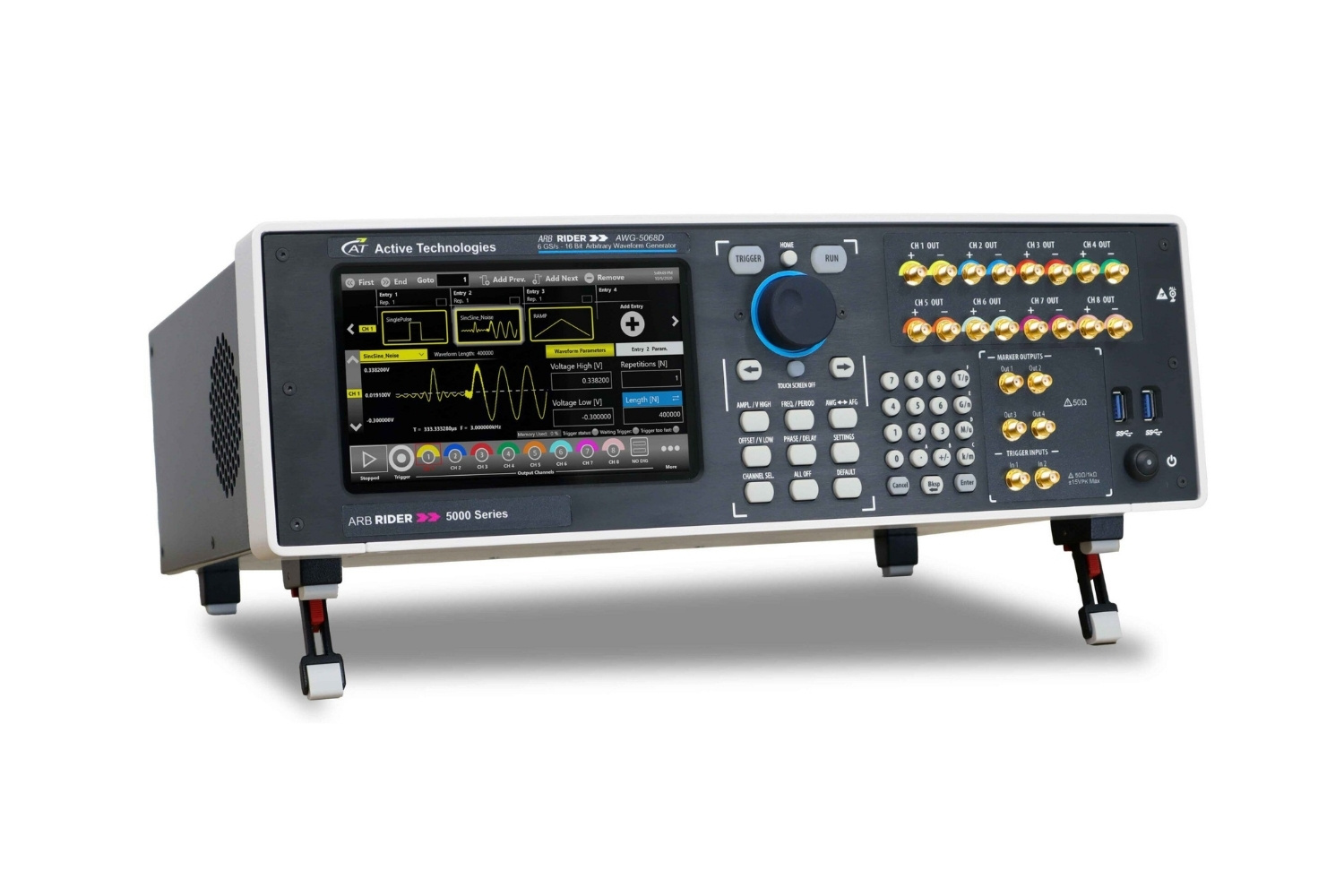
What is a pulse generator? A pulse generator is an electronic device that creates electrical pulses. These pulses can be used in various applications like testing circuits, generating clock signals, or even medical devices such as pacemakers. Pulse generators are essential in both research and practical applications because they help simulate conditions and test responses. They come in different types, each suited for specific tasks. For instance, some are designed for high-frequency applications, while others are better for low-frequency needs. Understanding the basics of pulse generators can help you appreciate their role in modern technology. Ready to dive into some intriguing facts about these versatile devices? Let's get started!
What is a Pulse Generator?
A pulse generator is an electronic device that produces electrical pulses. These pulses can be used in various applications, from testing circuits to generating clock signals in digital systems. Let's dive into some fascinating facts about pulse generators.
-
Pulse generators can create pulses with precise timing, making them essential for testing and calibrating electronic equipment.
-
They are used in medical devices, such as pacemakers, to regulate heartbeats.
-
Pulse generators can produce pulses of varying widths, frequencies, and amplitudes.
-
They are crucial in radar systems, helping to generate the pulses needed for detecting objects.
-
Pulse generators are often used in communication systems to create signals for data transmission.
Types of Pulse Generators
There are several types of pulse generators, each with unique characteristics and applications. Here are some of the most common types.
-
Function Generators: These can produce various waveforms, including pulses, sine waves, and square waves.
-
Digital Pulse Generators: These are used in digital circuits to generate precise timing signals.
-
Analog Pulse Generators: These are used in analog circuits and can produce more complex waveforms.
-
Programmable Pulse Generators: These allow users to program specific pulse sequences for customized applications.
-
High-Voltage Pulse Generators: These are used in applications requiring high-voltage pulses, such as in plasma research.
Applications of Pulse Generators
Pulse generators are versatile tools used in many fields. Here are some of their key applications.
-
Electronics Testing: Engineers use pulse generators to test and debug electronic circuits.
-
Medical Devices: They are used in devices like defibrillators and nerve stimulators.
-
Communication Systems: Pulse generators help create signals for transmitting data over long distances.
-
Radar Systems: They generate the pulses needed for radar to detect objects and measure distances.
-
Research and Development: Scientists use pulse generators in experiments to study various phenomena.
Key Features of Pulse Generators
Pulse generators come with several features that make them highly useful. Here are some of the most important ones.
-
Adjustable Pulse Width: Users can change the width of the pulses to suit different applications.
-
Variable Frequency: The frequency of the pulses can be adjusted for different needs.
-
Amplitude Control: The amplitude of the pulses can be varied to match the requirements of the application.
-
Triggering Options: Pulse generators can be triggered manually or automatically.
-
Multiple Channels: Some pulse generators have multiple channels, allowing them to generate several pulses simultaneously.
Historical Background
The development of pulse generators has a rich history. Here are some interesting historical facts.
-
The first pulse generators were developed in the early 20th century for use in radio communication.
-
During World War II, pulse generators played a crucial role in the development of radar technology.
-
The invention of the transistor in the 1940s revolutionized pulse generator design, making them smaller and more efficient.
-
In the 1960s, the advent of integrated circuits further advanced pulse generator technology.
-
Modern pulse generators are highly sophisticated, with digital controls and programmable features.
Future Trends in Pulse Generators
The future of pulse generators looks promising, with several exciting trends on the horizon.
-
Miniaturization: Pulse generators are becoming smaller and more portable.
-
Increased Precision: Advances in technology are making pulse generators more precise.
-
Integration with AI: Artificial intelligence is being integrated into pulse generators for smarter operation.
-
Wireless Control: Future pulse generators may be controlled wirelessly, offering greater flexibility.
-
Energy Efficiency: New designs are focusing on making pulse generators more energy-efficient.
-
Enhanced User Interfaces: User interfaces are becoming more intuitive, making pulse generators easier to use.
Final Thoughts on Pulse Generators
Pulse generators are fascinating devices with a wide range of applications. From medical equipment to telecommunications, they play a crucial role in modern technology. Understanding their functions and uses can help you appreciate the complexity behind everyday gadgets. Whether you're a student, a tech enthusiast, or just curious, knowing these facts can broaden your knowledge. Pulse generators might seem like a niche topic, but their impact is widespread. They are essential in fields like healthcare, where precise timing is critical. In telecommunications, they ensure data is transmitted accurately. So next time you use a device that relies on precise timing, remember the humble pulse generator working behind the scenes. Keep exploring and learning about the technology that shapes our world. Knowledge is power, and now you have a bit more of it.
Was this page helpful?
Our commitment to delivering trustworthy and engaging content is at the heart of what we do. Each fact on our site is contributed by real users like you, bringing a wealth of diverse insights and information. To ensure the highest standards of accuracy and reliability, our dedicated editors meticulously review each submission. This process guarantees that the facts we share are not only fascinating but also credible. Trust in our commitment to quality and authenticity as you explore and learn with us.
